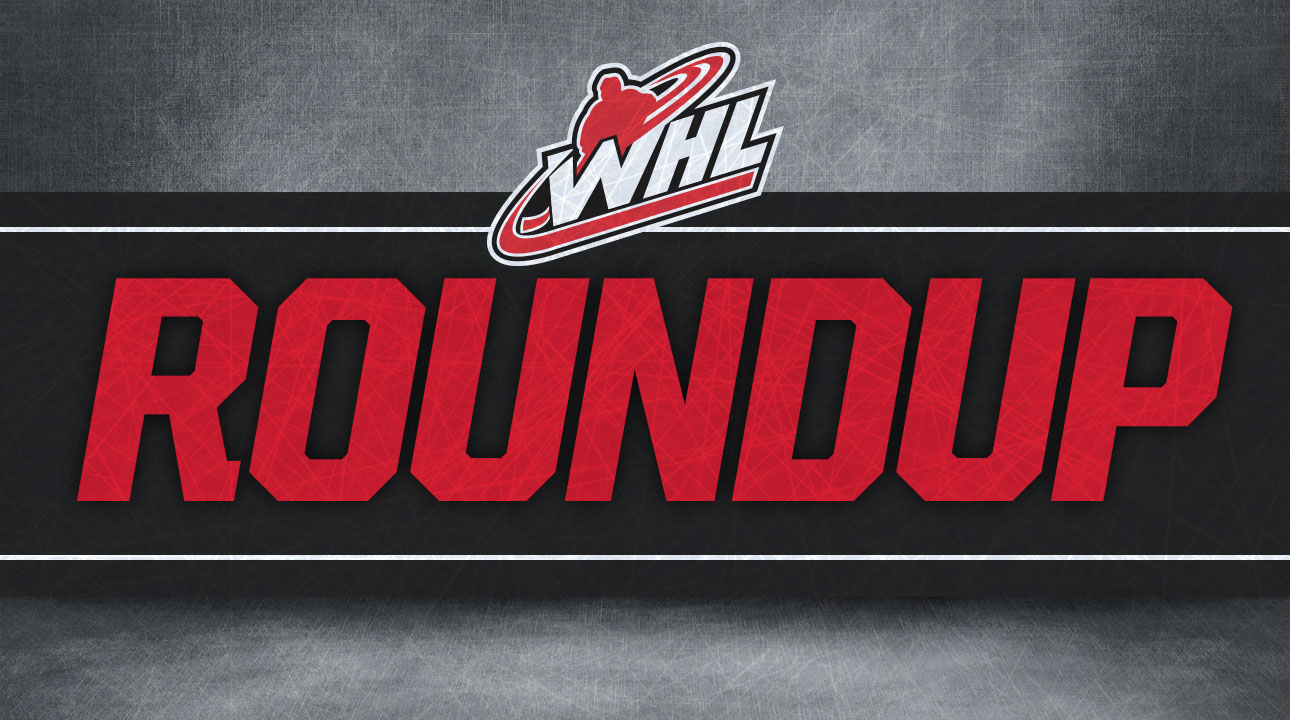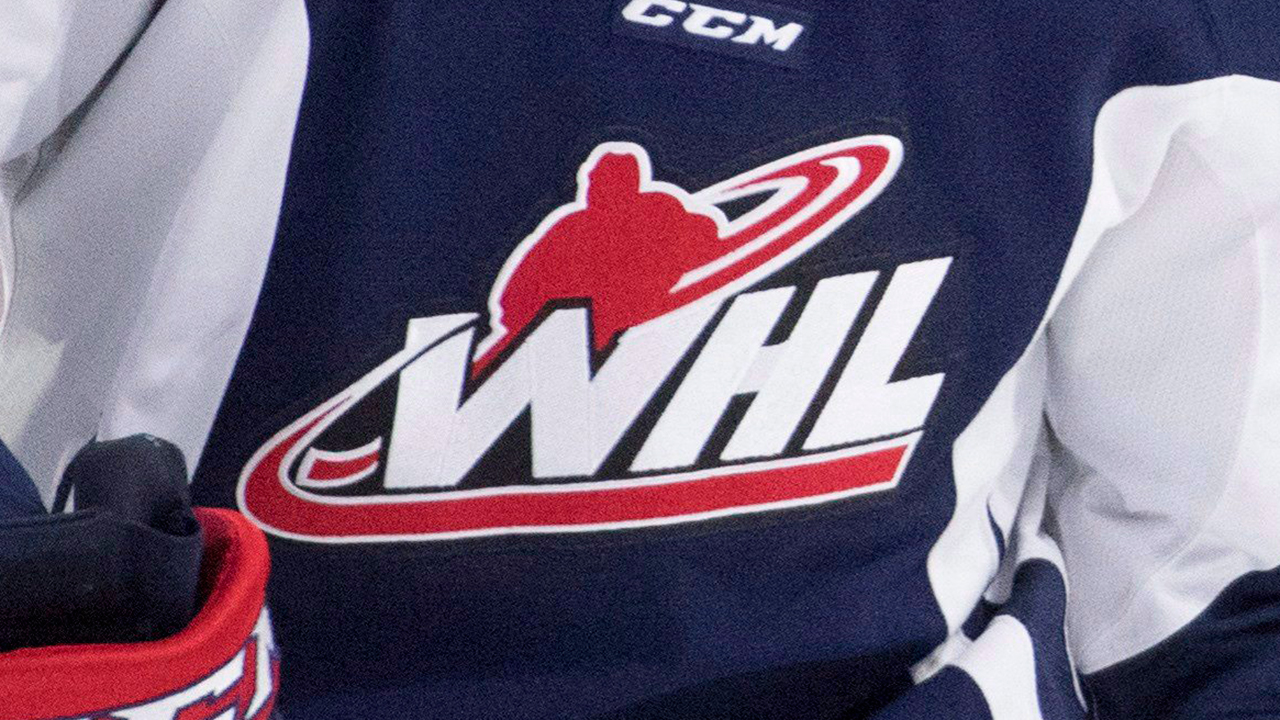By order of a judge in a civil action in an Alberta court, the CHL and teams from the OHL and WHL submitted financial statements that show many franchises, as many as half the field, struggling to make ends meet.
Lawyers representing more than 300 former and current players are seeking to have a class-action suit certified in courts in Calgary next month and in Toronto in March. On behalf of the players, the Charney Lawyers, a Toronto-based firm specializing in class-action law, is seeking compensation for time logged by the plaintiffs in the major junior league.
According to the Charney website, the plaintiffs are seeking “outstanding wages, overtime pay, holiday pay and vacation pay.”
The plaintiffs’ lawyers commission engaged Kevin Mongeon, an assistant professor of sports management at Brock University, to do a work-up on the finances of CHL teams. According to Mongeon’s valuations, the Ottawa 67’s were the OHL’s most valuable franchise at $55.3-million, and the Calgary Hitmen were the WHL’s at almost $69-million. By the numbers Mongeon submitted, the plaintiffs maintain CHL teams would have the wherewithal to pay players at least minimum wage for their time. The CHL has denied that claim.
Mongeon prefaced his valuations, saying that they weren’t scientific and that he relied on franchise sales and other metrics to put together his findings. He did not have the defendants’ books to work with. But Sportsnet has gained access to the documents filed by the CHL.
On behalf of the CHL and the other defendants, KPMG vice-president James McAuley prepared sworn affidavits, auditing teams for revenues and liabilities from 2012 to 2016. The affidavits paint a picture of the bottom lines of the member clubs of the WHL and the OHL. (QMJHL teams were not named as defendants in the actions in Calgary and Toronto.)
The leagues provided information for a majority of teams in each season, but not all—three OHL teams did not provide the numbers in 2012, two in 2013 and ’14, three in 2015 and six last year. The teams in the WHL were more thoroughgoing, all 22 teams submitting information for each season from 2012 to 2015 and only two not providing statements for 2016.
The affidavits entered into evidence identified franchises only by number (e.g. Team 1) and not by ownership nor team name.
The bottom line of the OHL seems strong when taken in sum and at a quick glance: The annual average net profit for the all the OHL member teams is $4.1-million. But the underlying numbers paint a different picture: One team, designated No. 12 in the report, showed an annual profit of almost $2.9-million, which is approximately $400,000 more than the total average profits of the eight other money-making franchises in the league.
Given that the London Knights drew more than 9,000 a game last year (2,000 ahead of Kitchener, the OHL’s next best in attendance), it’s no great leap to presume that the big money-maker is the London team owned by the Hunter brothers, Dale and Mark. The proprietors of the Knights did not provide KPMG financial information for last year, when the team was the OHL and Memorial Cup champions.
Only six OHL teams were in the black for every season that they reported. Across the five seasons covered in the affidavit, 11 of the 20 OHL teams reported an average annual net loss. The money dropped by struggling teams through that period ranged widely—at the low end, one team fell short by an average of $36,000. Four times through the five seasons OHL franchises showed a net loss of more than $1 million.
According to the affidavits submitted to the Alberta court, there’s a great range between the most valuable teams in the WHL and those who struggle to make ends meet. In the WHL, 11 of 22 teams averaged a yearly net loss from 2012 and 2016. One team bled all four seasons that it filed information for KPMG, losing an average of $1.57 million. Three other teams reported seasons in which they suffered seven-figure loses.
Over the period, only five franchises made a profit in each season. The dynamic in the WHL is like that found in the OHL: On the bottom line, one franchise is off on its own. Team 8, as it’s identified in the affidavit, made an average annual profit of more than $1.8 million and better than a $3-million profit in its best single year. If Team 8 is taken out of the equation, the WHL’s operating profits would be effectively halved.
KPMG’s McAuley stated in the affidavits that the numbers were “based on available information” and the conclusions regarding profit and loss may shift “if additional financial statements or tax returns become available.
The CHL reported steady growth in the funds for scholarships paid by its leagues and charged to the franchises—the OHL scholarship funds jumped from $1.64-million in 2012 to $2.9-million in 2016 and the WHL from $1.7-million in 2012 to $2.1 last year.
The judge in Calgary will hear arguments for a sealing order for the league’s financial paperwork next week.




